In the picturesque Krkonoše Mountains of the northeastern Czech Republic, a chance discovery by two hikers has unearthed a fascinating and somewhat mysterious treasure trove. The find, which includes ten gold bracelets, 17 cigar cases, a powder compact, a comb, and an astonishing 598 gold coins, has sparked intrigue and speculation about its origins and significance. The hikers, who prefer to remain anonymous, stumbled upon an aluminum box protruding from a stony wall while taking a shortcut through the forest. Realizing the potential importance of their find, they promptly brought it to the Museum of Eastern Bohemia in the nearby town of Hradec Králové.
Miroslav Novak, head of the archaeological department at the museum, recounted the events: "The finders came to our museum’s numismatist (coin expert) without a prior appointment. Only after that did archaeologists begin to deal with the find and set out to explore the site." The discovery has set off a wave of curiosity and historical inquiry, as experts and locals alike attempt to piece together the story behind this hidden cache.
One thing is certain: the stash cannot be older than a century, as one of the coins is dated 1921. Beyond that, the origins and purpose of the treasure remain shrouded in mystery. Novak hypothesized that it might be related to the tumultuous period before World War II, when the Czech and Jewish populations were fleeing the border areas, or to 1945, when Germans were leaving the region. "It is most likely related to the turbulent period before the start of World War II, when the Czech and Jewish population was leaving the border area, or to 1945, when the Germans were leaving," Novak explained.
The historical appraisal of the stash is still ongoing, and two of the cigar cases remain tightly shut and unopened. However, the metal value of the gold coins alone, which weigh 3.7 kilograms (8.16 pounds), is estimated at 8 million Czech koruna, or about $360,000, according to the museum’s coin expert, Vojtěch Brádle. The composition of the coins is particularly unusual: half are of Balkan origin, and the other half are French, with no local Czech coins present. "Central European coins, such as German ones, are completely missing. But the find is located on the former ethnic border between the Czech and German populations," Novak noted.
The absence of local currency and the presence of foreign coins have fueled speculation about the treasure’s origins. Among the theories submitted by the public is one that traces ownership back to wealthy families from the surrounding area, such as the Swéerts-Špork family, who owned the Kuks estate, a large baroque complex overlooking the Elbe River. Another theory suggests that the cache could be war spoils of Czechoslovak legionnaires.
Findings like this are not especially common for the area. Novak mentioned that about nine kilometers southeast, a hoard of 2,700 silver denarii from the 12th century was found ten years ago. "Many residents left this area during the 20th century, which is why there are many abandoned farms here," he explained. Brádle agreed that the makeup of the stash is unusual. "Usually, Czech finds from the 20th century mainly contain German and Czechoslovak coins. There is not a single one here," he said. "Most of the pieces from this treasure did not travel directly to Bohemia. They must have been somewhere in the Balkan Peninsula after the First World War. Some of the coins have countermarks from the former Yugoslavia. These were only minted on coins sometime in the 1920s or 1930s. At the moment, I do not know of any other Czech find that would contain coins with these countermarks."
Mary Heimann, a professor of modern history and an expert on Czechoslovak history at the University of Cardiff in the United Kingdom, provided additional context. The year 1921, when the most recent coin in the stash was minted, was a time of financial crisis in Czechoslovakia. "It was an unstable period, there was a downturn in the economy and widespread unemployment. For that reason, it’s not that surprising somebody would think of burying a stash of gold at that time," she said. Despite Novak’s suggestion that the stash was likely left around 1945, Heimann believes that if that were the case, more recent coins would probably be in the mix. The absence of local currency makes the situation murkier. "The person who hid the coins could have been a collector, or someone who worked in museums. Or someone who stole a collection from somewhere. This is borderland territory, it separates what’s today the Czech Republic — what was in the past Czechoslovakia — from Poland," Heimann explained. "The first World War didn’t end overnight, the ramifications were still being felt everywhere. There was still instability of borders, there was still economic crisis, there was quite a lot of crime. I suppose you might expect that in those border regions and in places of mixed ethnicity, there would be particularly high tension. So it might be that someone could be more frightened of the future if they lived in those areas than someone who lived elsewhere."
As the items undergo further material analysis, they will be preserved and stored in the museum’s coin collection. A short exhibition is planned for the fall. According to Czech law, archaeological finds are the property of the local regional administration from the moment of discovery. "In this case, the treasure was correctly handed over to the museum," Novak said. "The finder is entitled to a financial reward, which depends on the value of the metal or historical appraisal."
The discovery of this treasure in the Krkonoše Mountains is more than just a fascinating find; it is a window into a tumultuous period of history. The mix of Balkan and French coins, the absence of local currency, and the timing of the stash all point to a complex and intriguing story. Whether it was hidden by a wealthy family, a collector, or someone seeking refuge from the chaos of war, this treasure offers a glimpse into the lives and fears of those who lived through one of the most unstable periods in modern history.
The Krkonoše Mountains, with their rich history and hidden secrets, continue to captivate the imagination. The treasure found by the hikers is a testament to the enduring mysteries of the past and the enduring human desire to uncover them. As researchers and historians continue to investigate, the story of this enigmatic stash will gradually unfold, revealing more about the people who once called this region home and the circumstances that led them to bury their valuables.
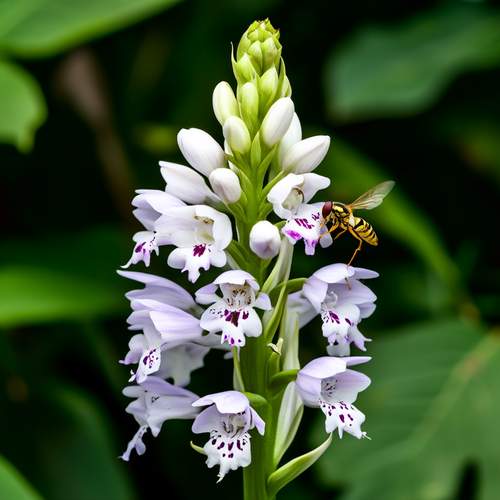
By /May 21, 2025
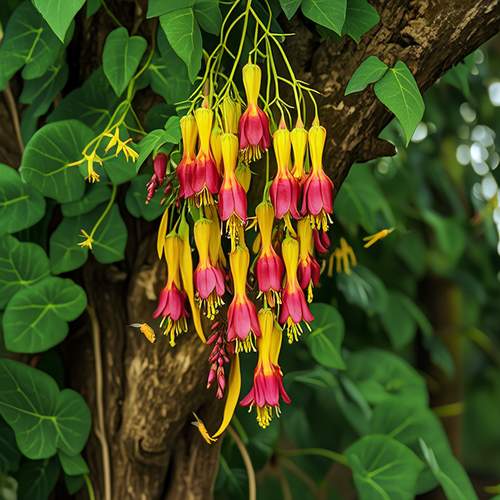
By /May 21, 2025

By Natalie Campbell/May 21, 2025
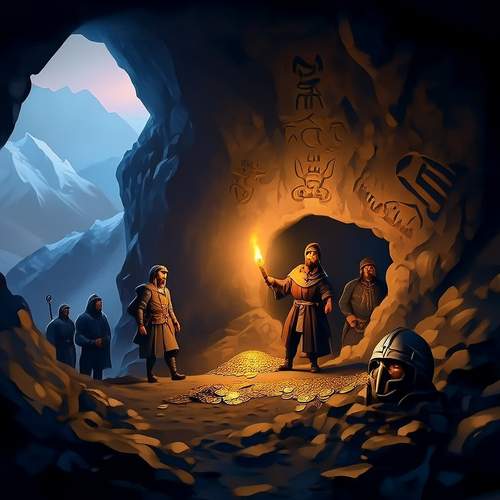
By Victoria Gonzalez/May 21, 2025
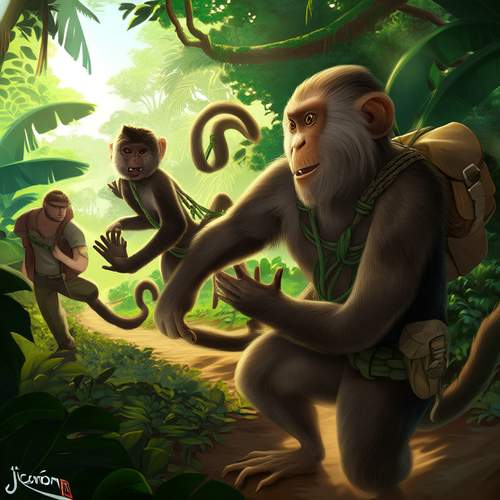
By Noah Bell/May 21, 2025
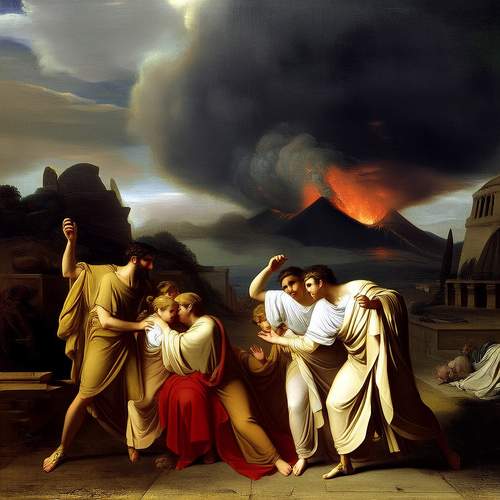
By Joshua Howard/May 21, 2025
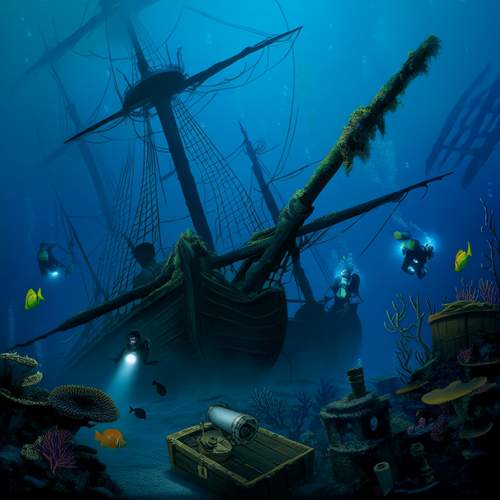
By Olivia Reed/May 21, 2025
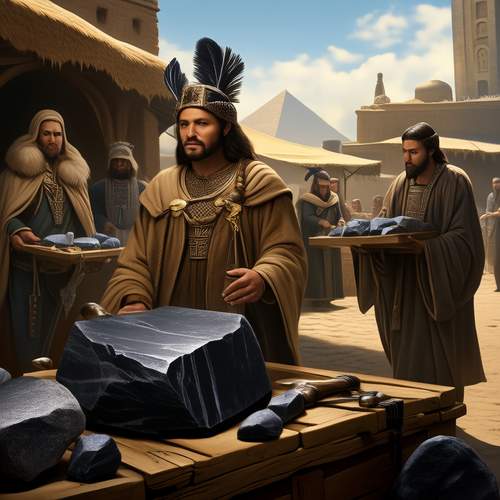
By David Anderson/May 21, 2025

By Victoria Gonzalez/May 21, 2025
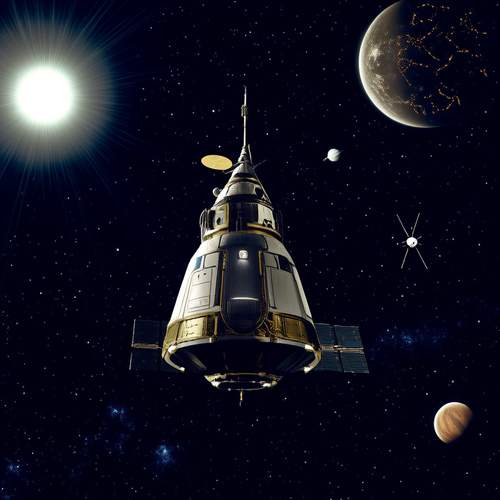
By Sophia Lewis/May 21, 2025
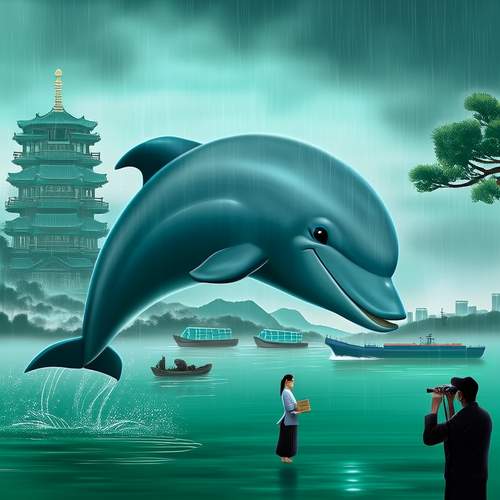
By Daniel Scott/May 21, 2025
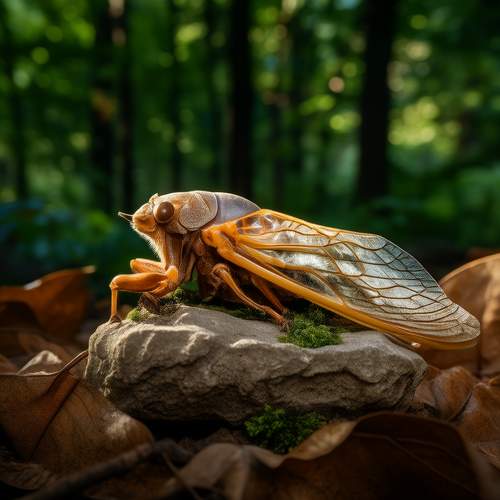
By Jessica Lee/May 21, 2025
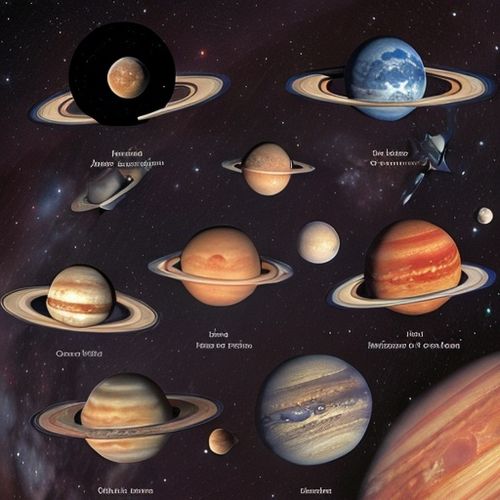
By Jessica Lee/Dec 22, 2024

By Emily Johnson/Dec 22, 2024
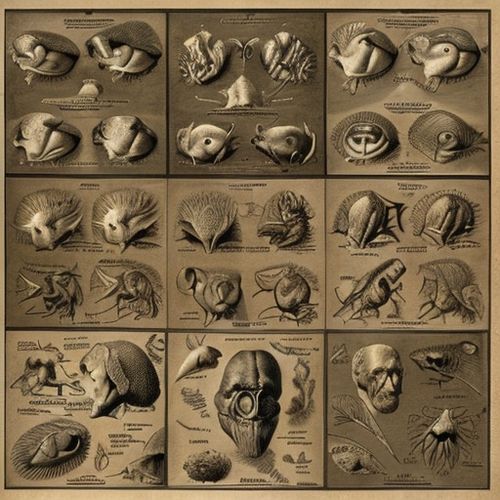
By Elizabeth Taylor/Dec 22, 2024

By Benjamin Evans/Dec 22, 2024

By Elizabeth Taylor/Dec 22, 2024